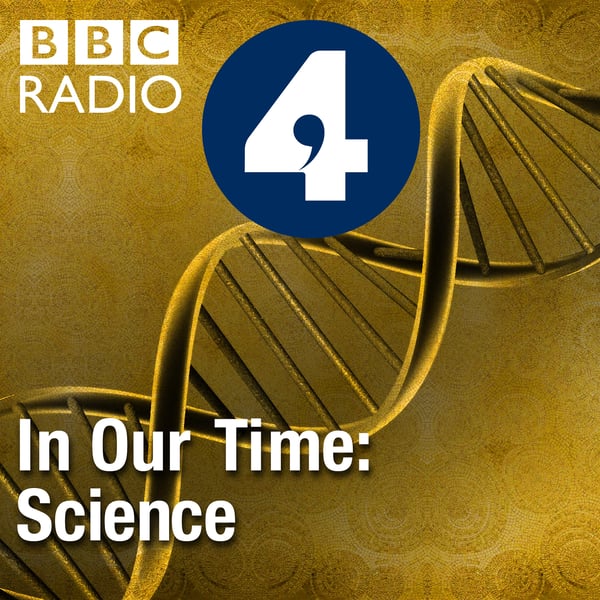Conductors and Semiconductors
In Our Time: Science
BBC
4.5 • 1.4K Ratings
🗓️ 23 February 2012
⏱️ 42 minutes
🧾️ Download transcript
Summary
Transcript
Click on a timestamp to play from that location
| 0:00.0 | Thanks for downloading the In Our Time podcast. For more details about In Our Time and for our terms of use, please go to BBC.co.uk. |
| 0:09.2 | I hope you enjoy the program. |
| 0:11.1 | Hello, until the end of the 19th century, the phenomenon of electricity was very poorly understood. |
| 0:18.0 | But in a few generations the world was transformed, first by electric power and then by the electronic revolution which resulted in invention of computer technology. |
| 0:27.0 | The transformation was brought about by a new understanding of not just of electricity but of the materials through which it |
| 0:33.9 | can travel. All substances on the planet can be divided into categories according to |
| 0:38.8 | their ability to conduct electricity. Those that can like metals are called conductors. Those that don't are known as insulators. |
| 0:46.0 | But there are also semiconductors whose discovery has made possible the invention of the transistor and the solar cell. |
| 0:51.0 | And finally, there are superconductors whose unique |
| 0:54.1 | properties have a range of useful applications from medical imaging to |
| 0:57.8 | particle accelerators. With me to discuss electrical conduction, |
| 1:01.3 | semiconductors and superconductors, of Frank Close, Professor of Physics at the |
| 1:05.7 | University of Oxford, Jenny Nelson, Professor of Physics at Imperial College London, and Leslie |
| 1:11.0 | Cohen, Professor of Solid State Physics also of Imperial College London. |
| 1:16.0 | Frank Close, when did scientists begin to tackle and understand the phenomenon of electricity? |
| 1:22.0 | Well, understanding, of course, is relatively recent, but the idea... phenomenon of |
| 1:23.4 | the electricity. |
| 1:24.4 | Well, understanding of course it's relatively recent, but the idea of the |
| 1:26.1 | phenomenon has been around for two and a half thousand years or more. |
| 1:29.0 | I mean, the simplest way probably of making electricity right here and now is brush your hair very violently and if you do |
| 1:34.6 | that in a darkened room you might even make sparks fly. And that sort of phenomenon was known |
| 1:39.4 | to the ancient Greeks. They knew that if you rubbed a form of resin called amber, it would have these mysterious |
... |
Please login to see the full transcript.
Disclaimer: The podcast and artwork embedded on this page are from BBC, and are the property of its owner and not affiliated with or endorsed by Tapesearch.
Generated transcripts are the property of BBC and are distributed freely under the Fair Use doctrine. Transcripts generated by Tapesearch are not guaranteed to be accurate.
Copyright © Tapesearch 2025.

